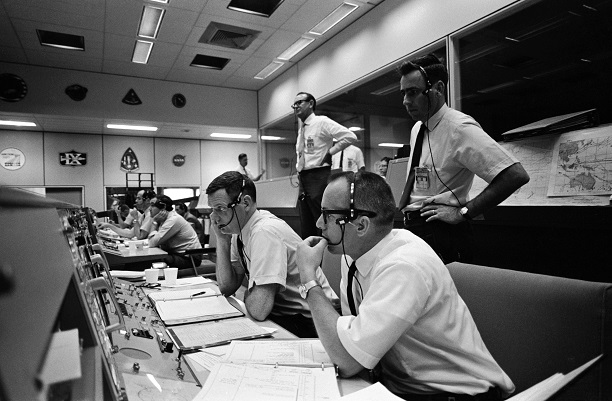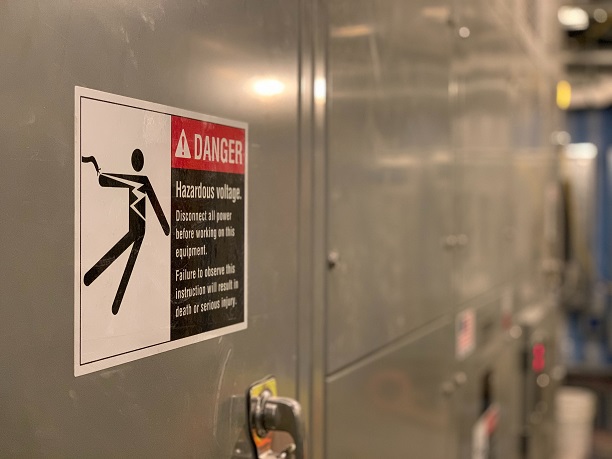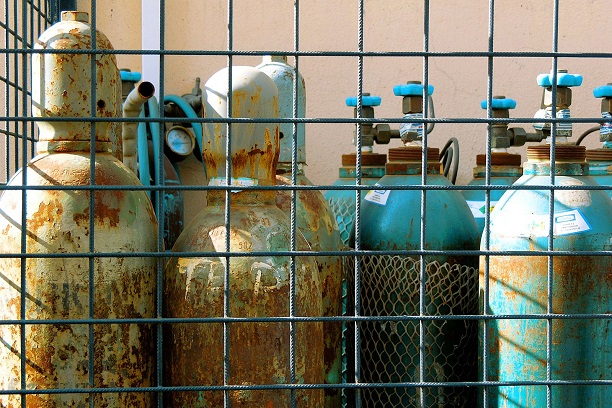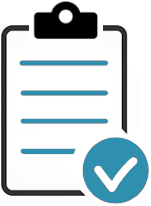ISO 45001 Clause 8.1 Operational Planning and Control provides guidance and controls for the Health and Safety management system; including eliminating hazards, the implementation of protective measures, enforcing PPE usage, and replacing dangerous with non-dangerous.
Contents
Our Operational Planning & Control Procedure is proven to work.

Clause 8.1 deals with the planning and control of processes. This is done by eliminating hazards or reducing risks where possible.
Active examples of process controls are;
The operational planning and control section deals with the method the company will use to determine process requirements. This is achieved by identifying the specific criteria of each process as follows;
Our Operational Planning & Control Procedure is proven to work.

The company must have processes to implement and maintain to reduce and eliminate hazards and risks.
There is a Hierarchy Of Control to follow that simplifies this process:

The management of change objective is to enhance and support OH&S in the company and while working. Risks need to be minimized as change occurs in the workspace and environment.
The company is required to establish processes for the control of any planned permanent or temporary changes such as;
The company is mandated to set controls over temporary and permanent changes in these areas.
> Learn more about ISO 9001 Change Management - including a Change Management Procedure

Processes to control product procurement need to be implemented and maintained by the company.
All equipment that workers will use should be verified to ensure;

Procurement processes should be coordinated with contractors for hazard identification and risk control.
The company needs verification that all contractors can perform their tasks by:
An effective procurement process is critical to control services and products in the company. The company is mandated to verify the capacity and competency of all contractors through;
The company must ensure all outsourced processes and functions are appropriately controlled and establish the extent and boundaries of control over all outsourced operations and functions such as:
The organization needs to maintain control over the outsourced processes and functions to achieve the desired outcomes stipulated in their Occupational Health and Safety management system.
Our Operational Planning & Control Procedure is proven to work.
Updated: 23rd February 2022
Author: Richard Keen

Richard is our Compliance Director, responsible for content & product development.
But most importantly he is ISO's biggest fanboy and a true evangelist of the standards.
Learn more about Richard

Don’t Try to Manage It All Alone!
Our ISO Auditors and OH&S Trainers have been in this industry for years, and since 2002 we’ve been providing thousands of small businesses and large corporations with the tools they need to get certified.
Instead of trying to create everything you need to follow this process from scratch, use ours. We have procedures, templates, checklists, process maps, forms and gap analysis tools to help you control your documented information without missing a single input or output.
Before you invest all the hours reinventing the wheel, before you spend countless dollars outsourcing the task — try our templates.
| QMS ISO 9001 |
EMS ISO 14001 |
OH&S ISO 45001 |
|
|
Operational Control Procedure The purpose of this procedure is to establish how your organization plans for and implements the controls necessary to manage our operational health and safety hazards, associated risks, the methods used to mitigate them, and to comply with applicable legal requirements. Operational controls are established where hazards and risks are identified. Operational control measures are also implemented where their absence could lead to a deviation from our health and safety policies and objectives.
Forms & Reports also included:
>> Free Download - Control of Calibrated Equipment Procedure - this will give you a good idea of what to expect when you purchase the procedure. |
$19 USD |
Pay by Credit Card, Debit Card, PayPal or Apple Pay.

 |
Please read our Money Back Guarantee. |
Bought by Small Businesses and Large Corporations our templates have been sold online and CD since 2002.
Used by:
The Templates are used by first-timers following our step-by-step, clause-by-clause guidance documents; and experienced Quality Managers wishing to streamline and improve their existing documentation.
The application of our templates and OH&S manuals is scalable and generic; regardless of the size and type of organization. The elements that form the Health and Safety Management System Template are the same.
1. Our customizable templates save you time and money by offering a streamlined process to create your quality documentation
2. They’ve got everything you need in one simple template
3. Proven to work our templates have helped thousands of businesses big and small achieve certification
4. Documents use styles to make reformatting and rebranding a breeze
5. Our templates are generalizable for any industry or sector. The application of our templates is scalable and generic; regardless of the size and type of organization.